
Updated: August 4, 2025 • Seven-minute read (quiz, grading).
Your rating out of five stars
Why Ripe Fruit Changes Everything
We've all experienced it: biting into a peach as hard as wood, or biting into a strawberry that lacks flavor... Nothing is more frustrating! Savoring a fruit that has reached perfect ripeness is the assurance of rediscovering all its flavors, its nutritional benefits and an incomparable sensory experience. But how can you recognize a truly ripe fruit, by eye or by touch, without making a mistake? Between grandmother's techniques 🥗, greengrocer's tips and supermarket pitfalls, you'll see that there are plenty of simple ways to never make a mistake again. Follow the guide to enjoy the best of each season, and never again miss out on the taste of fruit at its peak!
Signs to recognize a ripe fruit
Each fruit has its own signs of ripeness, but some clues are universal. First, the color: a ripe fruit displays a bright, uniform hue, with no greenish areas for most species (apples, plums, apricots). Be careful, however, some fruits like avocados or bananas continue to ripen after harvest (these are called "climacteric" fruits), while strawberries or cherries no longer gain flavor once picked.
Touch is a valuable ally: gently squeeze the fruit; it should offer slight resistance while remaining supple (e.g., pear, mango, or kiwi). For stone fruits (peaches, nectarines), the skin should wrinkle subtly around the stalk. Citrus fruits, on the other hand, should feel heavy in the hand and slightly supple, a sign of good juice.
Scent is also a reliable indicator: a truly ripe fruit smells great, especially around the stem. If the scent is absent or green, move on. Finally, observe the stem: if it comes off easily (e.g., melon), it's often a good sign. To learn more, check out our Air Fryer comparison, which can help you transform overripe fruit into healthy desserts!
Tips for ensuring maturity at home
Have you fallen for a punnet of fruit that's still a little firm? Don't panic: there are plenty of tips to speed up (or slow down) ripening at home. Place climacteric fruit (apple, avocado, pear, kiwi, mango, etc.) in a paper bag with a banana: the naturally released ethylene will boost the process. For berries or cherries, it's best to consume them quickly after purchase, as they no longer ripen and quickly lose their freshness.
Avoid the refrigerator for most exotic fruits (banana, mango, pineapple): the cold slows ripening and alters the flavor. However, once the fruit is ripe, you can place it in the refrigerator to slow the process and extend its shelf life. A melon, for example, can wait two or three days at room temperature, then be kept sliced in the refrigerator. And don't hesitate to use a smoothie blender to recycle fruit that's a little too ripe into vitamin drinks!
Limit waste and consume wisely
Recognizing ripe fruit also means adopting an anti-waste approach! Overripe fruit should never be thrown away: it becomes the star of compotes, jams, or can be added to dishes like muffins or pancakes. Spotted bananas, for example, are perfect for banana bread or blended into a smoothie. Slightly wrinkled apples can be transformed into homemade compote, without added sugar.
Also consider freezing: diced strawberries, raspberries, mangoes... Simply spread them out on a baking sheet before storing them in an airtight bag. You can then use them in frozen desserts or juices all summer long. And to extend the grilling season, try grilled fruit: a peach or pineapple roasted on the barbecue is a pure delight (try it with our Barbecue & Grill collection)!
Maturity and budget: how to optimize your purchases
Choosing your fruit based on ripeness also saves money. Favor bulk purchases or late-morning market purchases: the ripest fruit is often offered at a discount. Anti-waste baskets, offered by more and more retailers, are full of products that are quick to consume but delicious and affordable.
In the supermarket, remember to look under the crates: forgotten fruit, sometimes a little damaged, is also perfect for cooking. Take advantage of the seasons: fruit picked at local ripeness costs less and tastes much better than imported fruit, picked too early to travel. And if you want to invest in appliances to prepare your fruit (blender, extractor, etc.), don't hesitate to consult our comparison guides to equip yourself smart and sustainably!
Frequently Asked Questions
Can you really “feel” if a fruit is ripe?
Yes, especially for fragrant fruits like melon, strawberry, or peach. A sweet, intense aroma often indicates optimal ripeness!
Which fruits continue to ripen after picking?
Apples, pears, bananas, kiwis, avocados, and mangoes continue to ripen at room temperature. Strawberries, grapes, and citrus fruits remain unchanged once picked.
Can touch always be used to judge maturity?
Not always! Some fruits, like melon, should be heavy and sweet, while others (like plums) are more subtle. Look for several clues to avoid making a mistake.


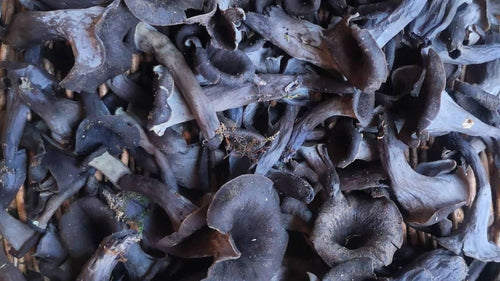
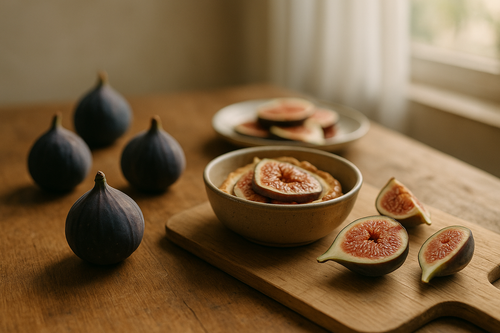
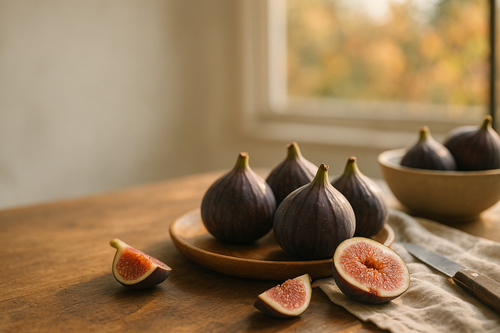



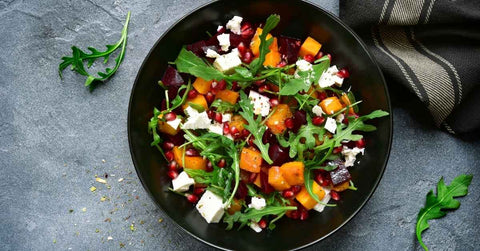
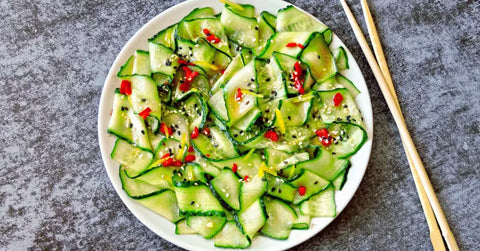

Comments (0)
There are no comments for this article. Be the first one to leave a message!